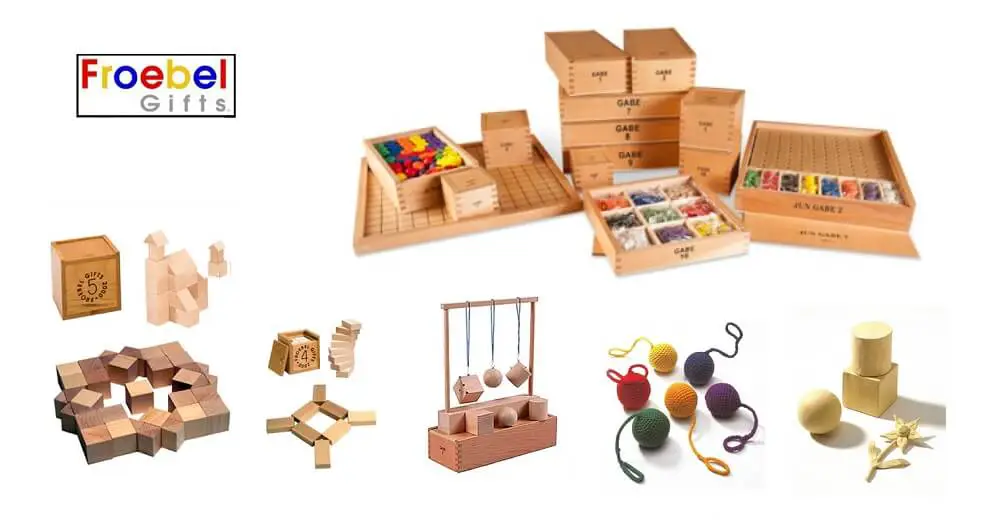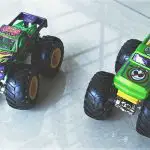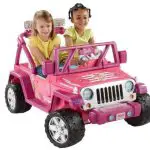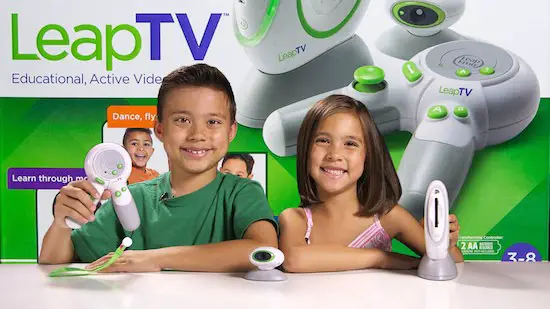
German educator Friedrich Frobel introduced toys gifts (sets of geometric shapes) for kids in Kindergarten in order to blend playtime with education, and to help kids learn by experimenting. Known as Spielgaben (play gifts) in Germany, these were used as building toys in kindergartens in the mid 1800s.
If you take a look at our education system, you would have noticed that children are becoming a part of the education system at a very young age.
This is because educators now understand that children can learn things from a much younger age.
The credit for this finding however goes to the German educator Friedrich Frobel.
Froebel was the first to recognize there was significant development of the brain before the age of 3 and that it was important to impart education earlier than what was practised in those days. Froebel’s years of research eventually led him to establish the kindergarten, which is now a part of the schooling system in most countries.
However, his other discovery – Froebel’s 10 “Gifts” is still bit unknown.
Froebel’s Gifts are considered to be the world’s first educational toys and child development tools.
Froebel’s 10 “Gifts” basically include different educational toys that are designed to teach different concepts to kids; the gifts enable children to experiment and also build skills and knowledge through their experimentation. The gift set included yarn balls, sphere, wooden cube, cylinder, prism, sticks and rings.
- Gifts 1 to 6 – Three dimensional solids that let children experience whole forms of the physical world
- Gifts 7 to 9: Includes 2-dimensional shapes, the sides and edges of solids, lines and points.
- Gift 10: Framework that lets one represent solids using points and lines
These Gifts are now made by SINA in Germany.
Related: Building and construction toys buying guide
Funtoyworld is a family-managed website with me (Ben), and my wife doing most of the work. We are proud parents of two wonderful kids and love reviewing toys. We have a firm but friendly “democratic parenting” style and offer several practical suggestions backed by extensive research. Our own experience with raising two children prompted us to share our knowledge. Read more.







Leave a Reply